| Structure | Name/CAS No. | Articles |
|---|---|---|
 |
Ethanol
CAS:64-17-5 |
|
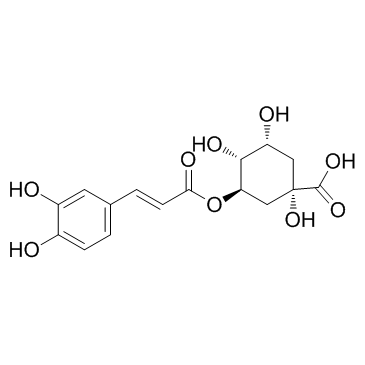 |
Chlorogenic acid
CAS:327-97-9 |
|
 |
Methanol
CAS:67-56-1 |
|
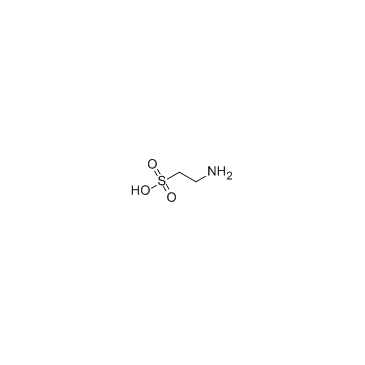 |
Taurine
CAS:107-35-7 |
|
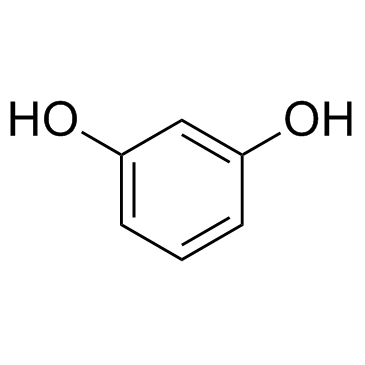 |
Resorcine
CAS:108-46-3 |
|
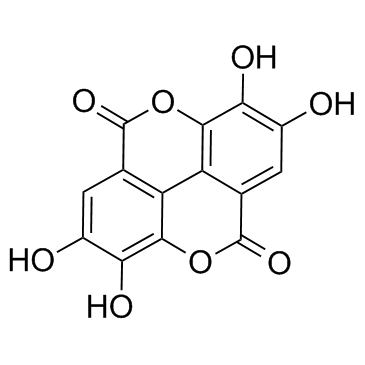 |
Ellagic acid
CAS:476-66-4 |
|
 |
Potassium iodide
CAS:7681-11-0 |
|
 |
Rosmarinic acid
CAS:20283-92-5 |
|
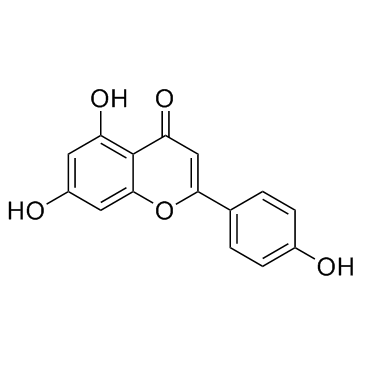 |
Apigenin
CAS:520-36-5 |
|
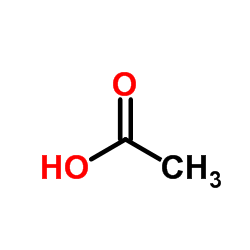 |
acetic acid
CAS:64-19-7 |